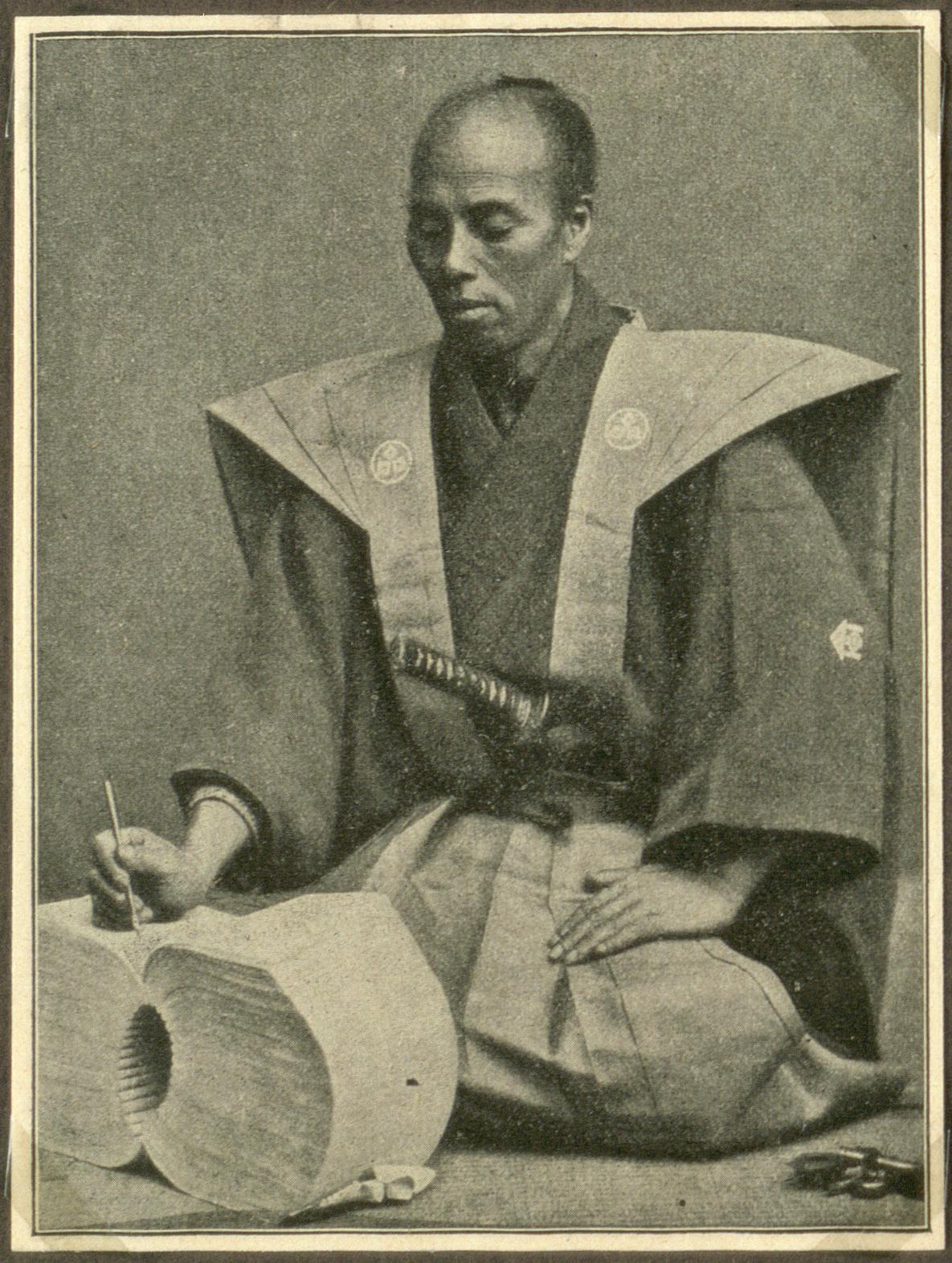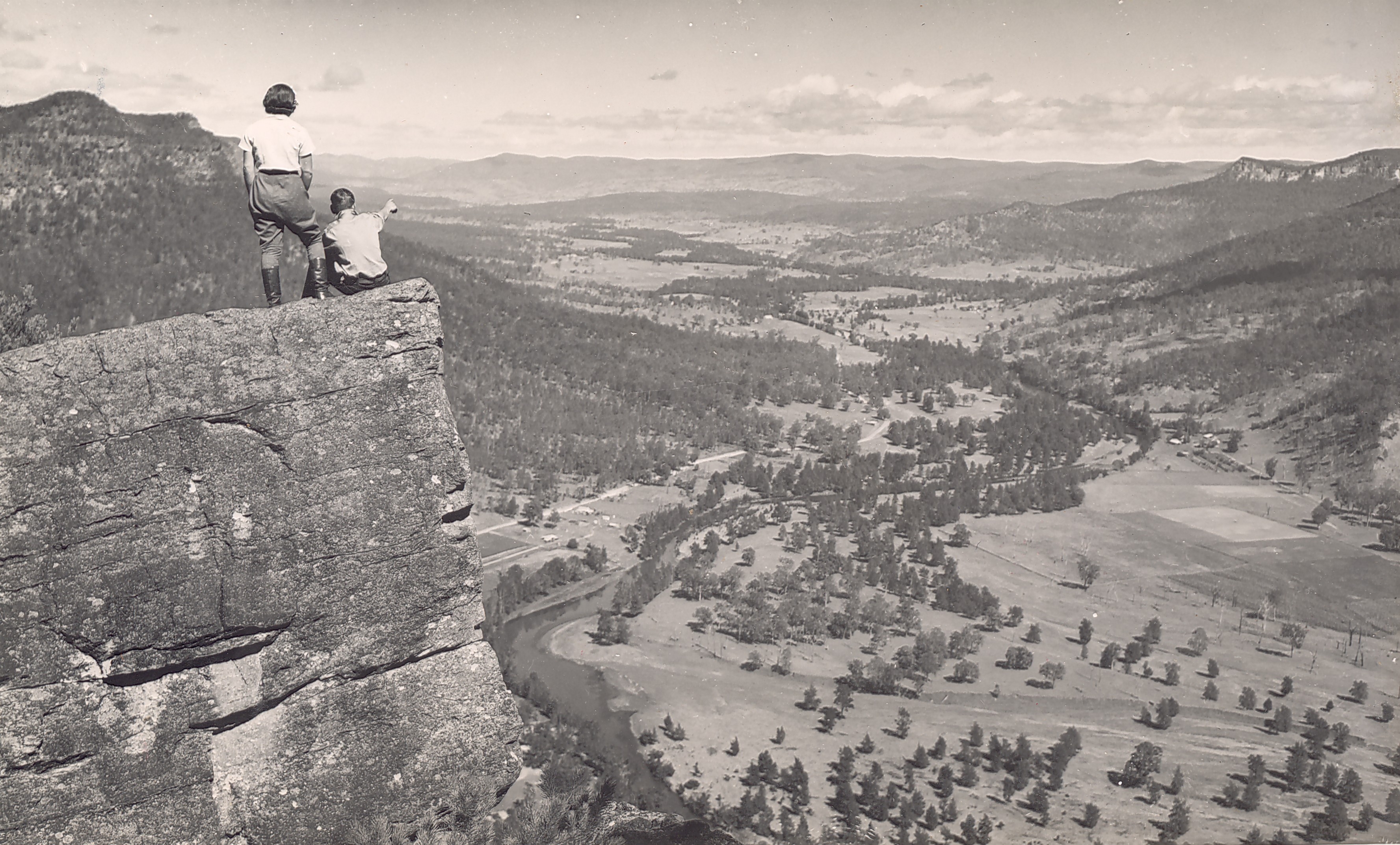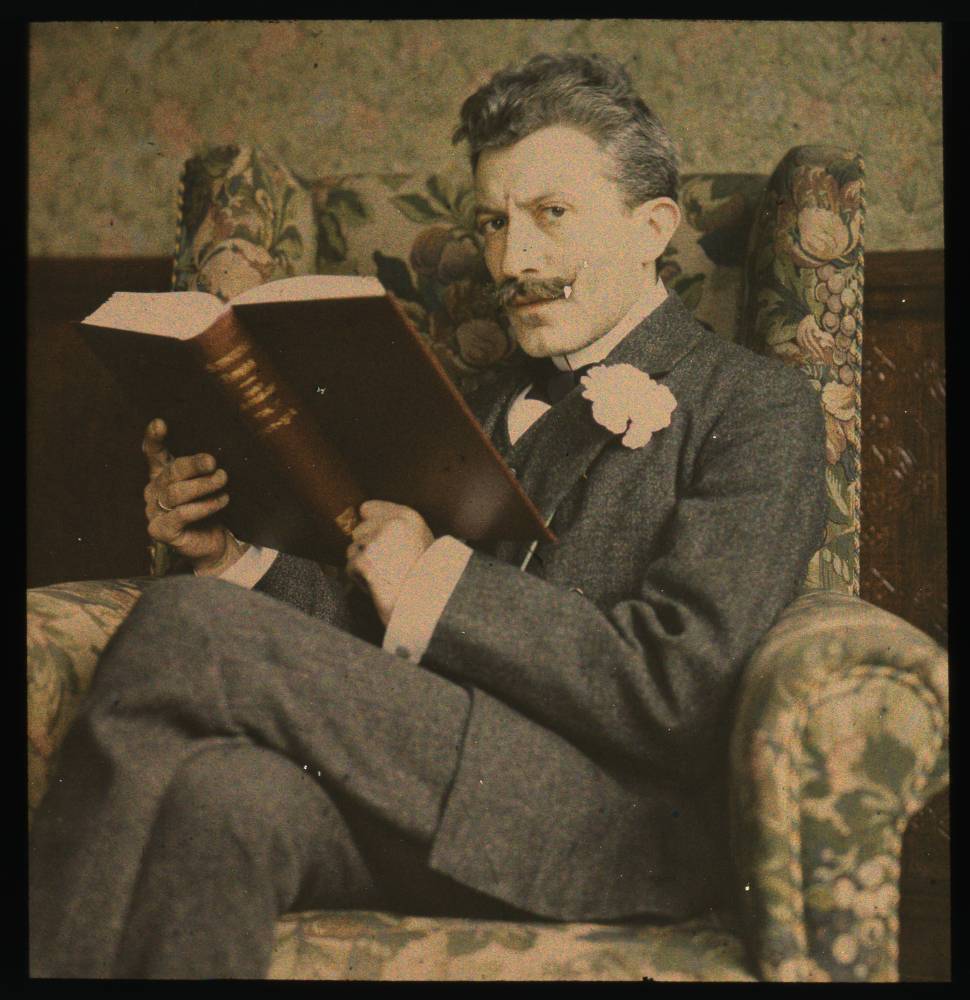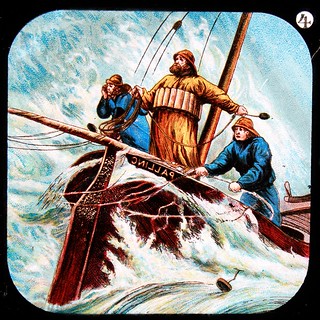by Ali Abou Elmagd
This is a guest article written by Egyptian University student, Ali Abou Elmagd. This piece was written with foreign readers in mind to help people outside of Egypt understand the dire situation within the country, and the efforts many are making to establish a stable and peaceful Democracy post-revolution.
Please note: Some of the images and events described are of a graphic nature.
Part 1: The heyday of the revolution
After Mubarak stepped down on February 11th, 2011, a Military Council took the reins of power in Egypt. Thus a new phase began in Egypt comprised of three essential powers: the Egyptian Army, a stream of political Islam known as the Muslim Brotherhood and Salafis, and a democratic movement made up of liberals and socialist leftists calling for a secular government. Egypt now became open in front of everyone, an open arena for the struggle for power. The revolution's youth were divided into two parts, one part belonging to the Muslim Brotherhood and another part belonging to the democratic movement.
After the revolution on March 7th, 2011, A new government formed. This new government wasn't revolutionary; it was a technocrats government, taking its orders from the ruling military authority. On March 9th, 2011, the Egyptian army and police broke into sit-ins taking place in Tahrir square, where some of the democratic revolution's youth had been staying since January 28th, 2011. These forces took protesters to the Egyptian Museum and practiced the worst kinds of torture on them. They used electricity and whips on the men and a humiliating new technology for “
virginity testing” on the women. It was an unmistakable and brutal message to the revolutionary powers, especially the youth.
The conflict heated up when the ruling military authority invited people to vote on
constitutional amendments. On March 19th, 2011, an alliance formed between the military authority and the Muslim Brotherhood. They agreed to pass a constitutional declaration by mobilizing people to vote "Yes." While the democratic movement was mobilizing to vote "No," the ruling military authority worked for the opposite, playing on religion, on Salifis and the Brotherhood’s widespread popularity, and their ability to manipulate simple people.
 |
| Children hold a banner urging citizens to vote "Yes" on constitutional amendments (source) |
The result was that 77% voted "Yes" and 22% voted “No." This referendum was a turning point in the Egyptian revolution. Part of the revolution stood with the Muslim Brotherhood, and another part stood with the secular democratic movement.
On March 30th, the ruling military authority decided to issue a constitutional declaration. This declaration contained some texts that didn't exist in the constitutional amendments. They deceived people. The democratic movement lost the first round in this conflict but it was just the beginning. The democratic revolution's youth got angry and events escalated. On April 8th, 2011, some Egyptian army officers organized a sit-in in Tahrir square
right next to some of the revolution's youth. It was insurgency, and the Egyptian army forces broke into Tahrir square and arrested the protesters.
 |
| Egyptian Officers in Tahrir Square on April 8th (source) |
 |
| Egyptian officers lead protesters in Tahrir Square on April 8th (source) |
On June 28th, 2011, a concert was held in the Balloon Theater to honor 50 of the revolution's victims. However, the Egyptian police prevented attendees from entry, and
a skirmish followed. The conflict escalated, and the clash expanded and spilled into Tahrir square. It was a bloody day, with over 100 injured. After that day, the democratic revolution's youth realized that the police would use any means to suppress them. Congestion in the city increased, and the living and political conditions worsened.
 |
| Clashes in front of the Balloon Theater on June 28th, 2011 (source) |
October 9th, 2011, was one of the bloodiest days in Egyptian history after the revolution. In a village in upper Egypt, some Muslim people decided to destroy a church. This made many Christians angry, and the Christians in Cairo organized a demonstration in front of the Radio and Television Building (the Maspero) protesting what happened in upper Egypt and demanding laws to protecting places of worship. On October 4th, protesters went to the Maspero where there was a huge number of people. They organized a sit-in in front of the Maspero, but the Egyptian army forces broke in to disband it, resulting in 6 injuries. The democratic movement was angered by the army's use of violence against peaceful protesters, and the Christian movement called for a large demonstration in front of the Maspero on October 9th. Many people belonging to the democratic movement said they would participate in this demonstration, and on October 9th, protesters went to the Maspero where a large force of the Egyptian army was waiting for them. The protesters reached their destination and the Egyptian army tried to break them up by force.
The clashes that followed were brutal. It was another bloody day, with 24 dead and a large number injured.
 |
| A protester waves an Egyptian flag baring the slogan "Unity Between Christians and Muslims" (source) |
The democratic movement condemned what happened and they asked the Military Council to bring the army commanders responsible for the massacre to justice. Unfortunately, the Military Council didn't listen and instead brought many of the protesters in for military trials. The gap widened between the democratic movement and the Military Council, and at the same time, the Muslim Brotherhood prepared for Parliament elections with the goal of gaining political authority. The tension increased between the democratic revolution's youth and the Military Council, and on November 18th, the Muslim Brotherhood organized a demonstration in Tahrir square in order to pressure the Military Council to hand over control of the country as scheduled. By the end of the day, most of the protesters left the square, but there were many people from the January revolution's victims who stayed in the square, sitting-in to protest against the violation of their rights.
On the morning of November 19th, a police force broke into Tahrir square and
clashed violently with the protesters, a dispute that quickly escalated to bloodshed among the democratic revolution’s youth, Egyptian police, and the Egyptian army. The skirmish continued for 7 days until November 25th. The Egyptian security killed more than 90 people and more than 1,000 were left injured. Among the horrors, the security forces employed a tactic targeting the eyes, and more than 60 people lost their eyes as a result. It was a revolutionary massacre.
 |
| Protesters killed by the Egyptian army in Tahrir Square (source) |
The democratic movement implored the Military Council to hand over the government without delay, and the Military Council agreed and set a date to hand over the reins of power. Despite this, the sit-ins continued as the democratic revolutionaries no longer trusted the Military Council to keep its word. The sit-in moved from Tahrir square to the Council of Ministers headquarters. Late at night on December 15th, 2011, a force belonging to the Egyptian military kidnapped one of the protesters and tortured him inside the Parliament building before throwing him back out onto the street. The following morning on December 16th, the army forces broke into the sit-in and once again
fighting erupted between the protesters and the military forces. It was another devastating moment in the revolution, with the fighting continuing for 8 days straight. Ultimately, the Egyptian army killed more than 18 protesters, and more than 900 were injured.
 |
| Members of the Egyptian Army attack and rip the clothing of a female protester in front of the Council of Ministers (source) |
 |
| Rami Issam's shows the marks of being tortured (source) |
On January 11th, 2012, Parliamentary elections ended with the majority of seats won by the Muslim Brotherhood and their allies.
Thus a new phase of violence and tyranny began…



















.JPG)